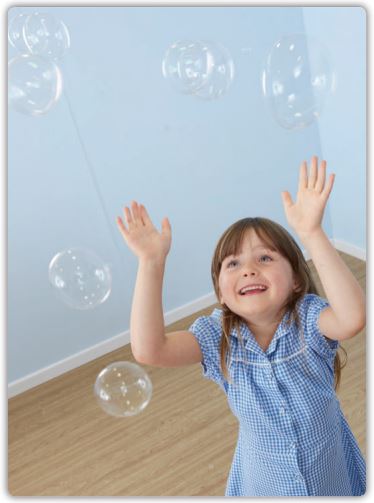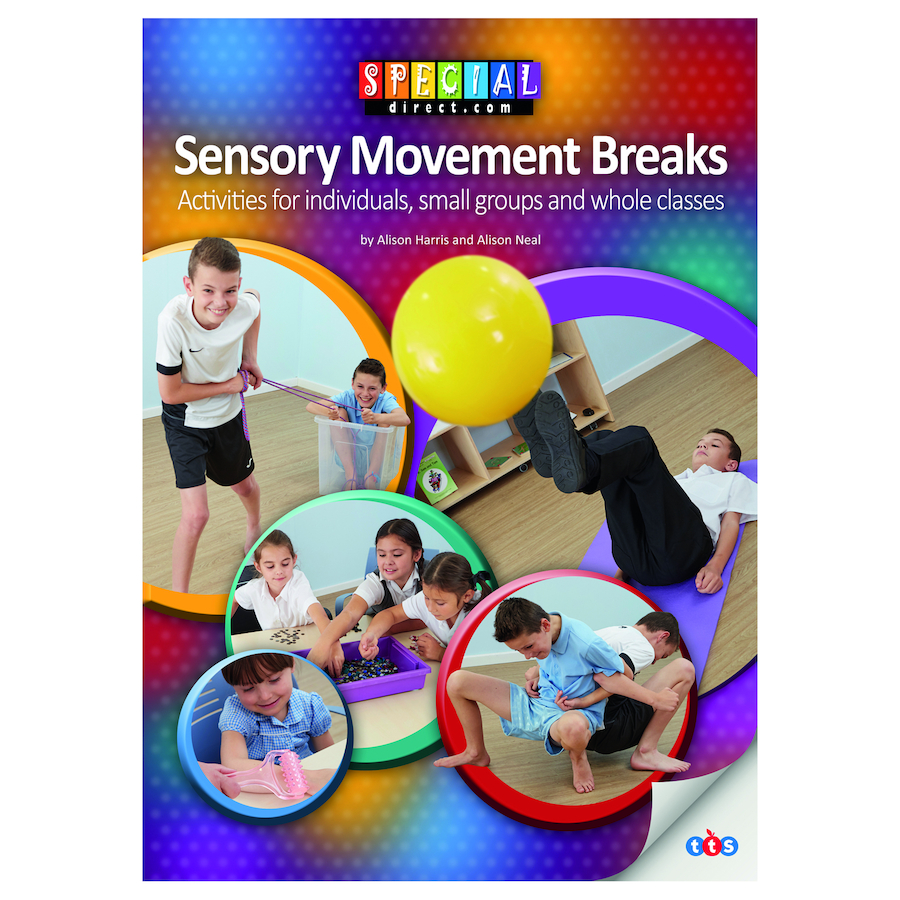What is a Sensory Movement Break?
A sensory movement break is an opportunity to support an individual to ‘reset’ or create a positive level of alertness so that they can focus and concentrate at their best. Movement is an essential part of our sensory system which has a direct link with regulating attention. Young children move around all the time – think of how busy a Foundation classroom is! We then expect children to become more able to sit at a table and apply their brains to increasing cognitive challenges as they get older. Movement helps them to be able to be in the right state to work at their best.
Using Sensory Movement Breaks in the classroom
Using sensory strategies in the classroom has become quite the buzz phrase in recent years. But why?
- Is it just for children with SEN?
- Is it something that you should be doing in your class?
- Do you feel that you are sufficiently informed about it?
In this blog, you will find the basics that you need to know with some examples for you to try out.
Why use Sensory Movement Breaks?
So first of all – YOU need to understand why you would use sensory movement breaks (SMBs). You will be aware that telling children to settle, or quieten down and focus is of limited use in itself. If a child is able to concentrate and do what they are being asked, they will usually be having a good go at that already. So – we need to use Sensory Movement Breaks to help children self-regulate and get themselves into their best “calm, alert state”. When they achieve this, they will be aware that they are now able to sit better, think better and get their jobs done.

Who are Sensory Movement Breaks for?
Everyone will benefit. Some pupils in your class will need more of this sensory regulation work than others – but all will find it helpful. This makes it a great addition for the whole class to use throughout the day, with some children having additional targeted sensory movement breaks as well at other times.
Involving the children
Children also need to understand why you are introducing Sensory Movement Breaks to their day. This is the first step in them being able to self-evaluate how it is helping them as individuals, and to be able to apply this to other situations as they begin to develop self-awareness of what they need to achieve a calm state. This could be at times such as:
- Waiting to see the dentist
- Dealing with an argument with a friend
- Feeling anxious about a test
Introducing simple strategies to improve their ability to self–regulate is teaching children a lifelong skill.
So be sure to explain to the children WHY you are spending the next five minutes getting them to move their limbs, get out of breath and have fun. It can be as simple as explaining: “You are all a little fidgety and maybe finding it hard to focus. Let’s help ourselves be ready to work by ….”
Children need to self-evaluate if it helps them to focus. It could be that you use certain pieces of equipment in the class to help with self-regulation – finger fidgets, weighted items, fidgety feet, balance boards. The children recognising their own needs and being able to access a Sensory Movement Break when they need to is a very positive skill to improve their overall performance. It also helps a child feel that they have tools to be able to help themselves.

What if the children become over-excited?
What if this sends the class (or certain members of the group) into a rather heightened and excitable state? Does it end in chaos and put you off trying to use this strategy? Have a think about why this is happening? You need to know how to grade the Sensory Movement Breaks – in time, intensity and to introduce limitations before starting. For example – to let the class know what is, and what is not ok, and what would mean that the break needs to stop. You also need to be sure when to target the class – and understand their regulation needs. After break is probably not a great time as they have been running around already whereas, after sitting quietly in assembly and then returning to the class ready for a spelling challenge – this is likely to be a positive time to have a Sensory Movement Break.
You may need to start off with very short Sensory Movement Break of only a few seconds – for example – “Everyone’s quite chatty and finding it hard to settle – stand up where you are and let’s all do ten star jumps before we sit down again. Ready? Go!….. I’m watching now for who is going to be able to sit and settle best!”
Build up to longer Sensory Movement Breaks as your class start to understand how and why you are using them. A tip for you is: if the class engages well and does not need lots of coaxing to engage, then you are using the right level of activity! They will love to do it simply because it feels good.
Some examples to get you started
So we have talked a lot about the why and how, but where can we get ideas from? We have it all down in our book – Sensory Movement Breaks. Get structured plans of what to introduce, more guidance on how to grade it (harder and also easier), and who to do the Sensory Movement Break with (individuals, small groups, in PE, and for your whole class). For Sensory Movement Break activities, follow the link below:
Click for example activities on Sensory Movement Breaks
With many thanks to Alison Harris for working on this blog with us.

